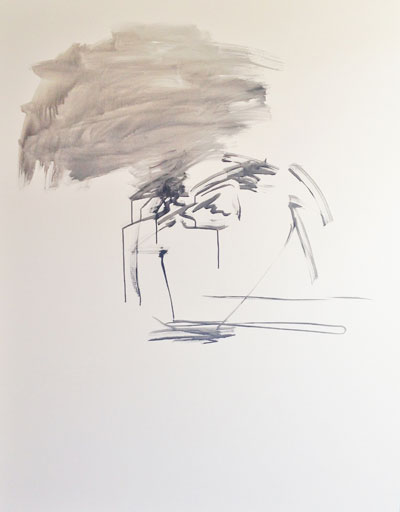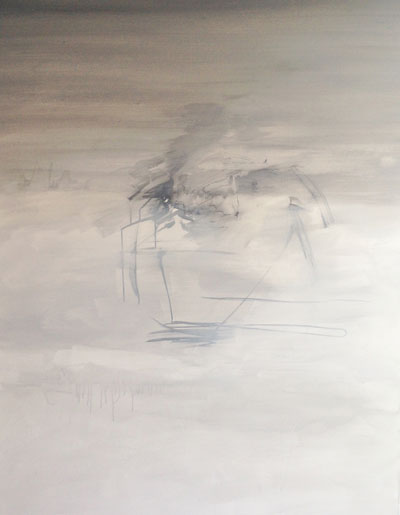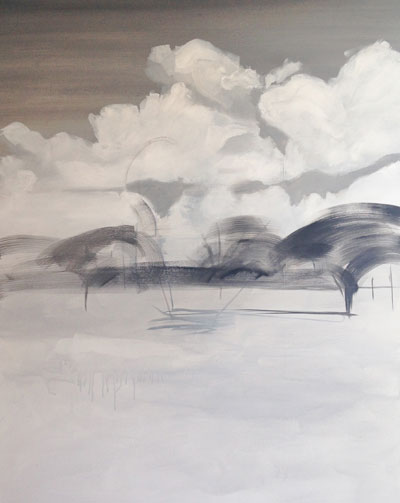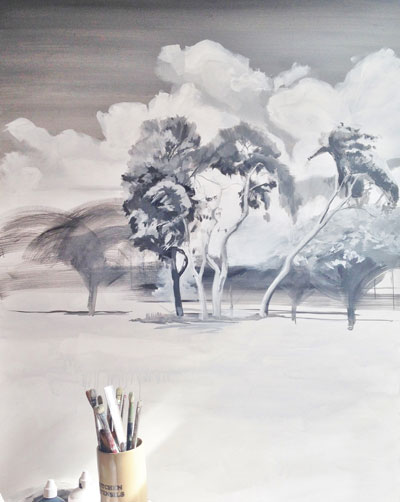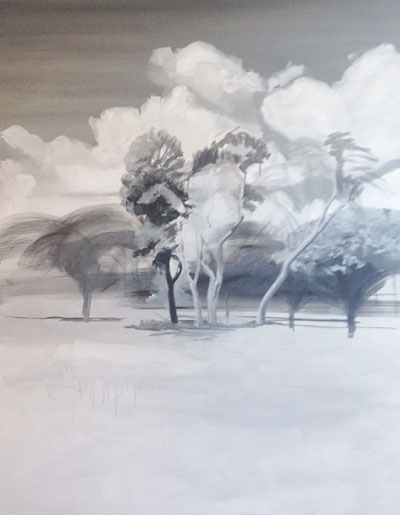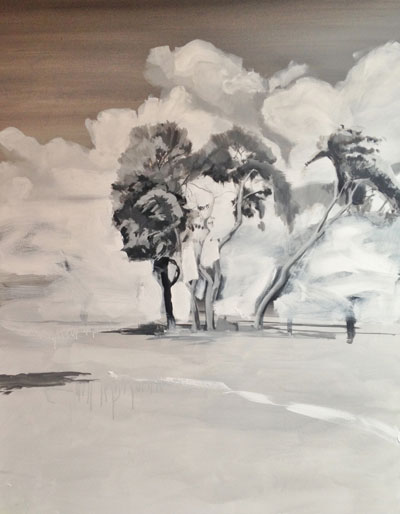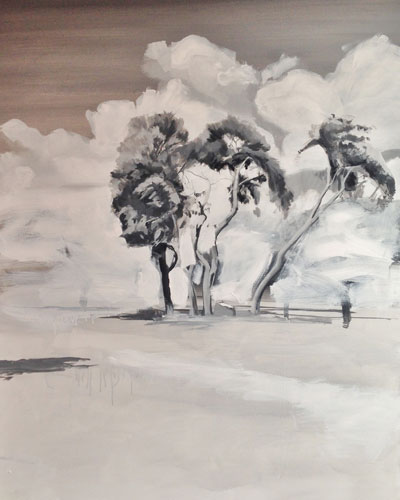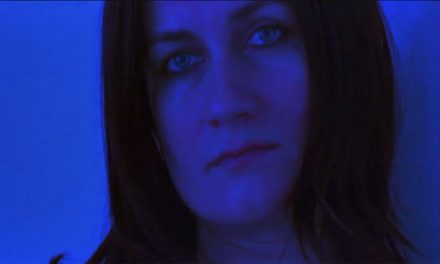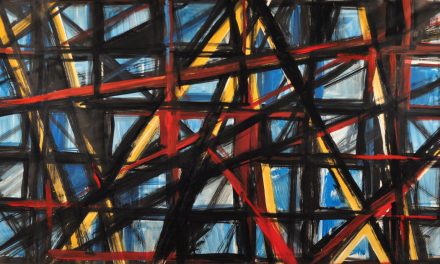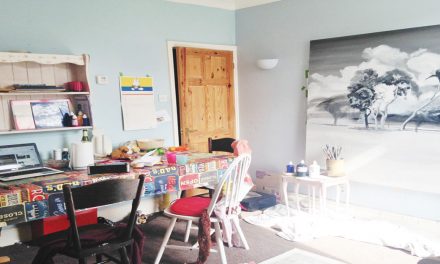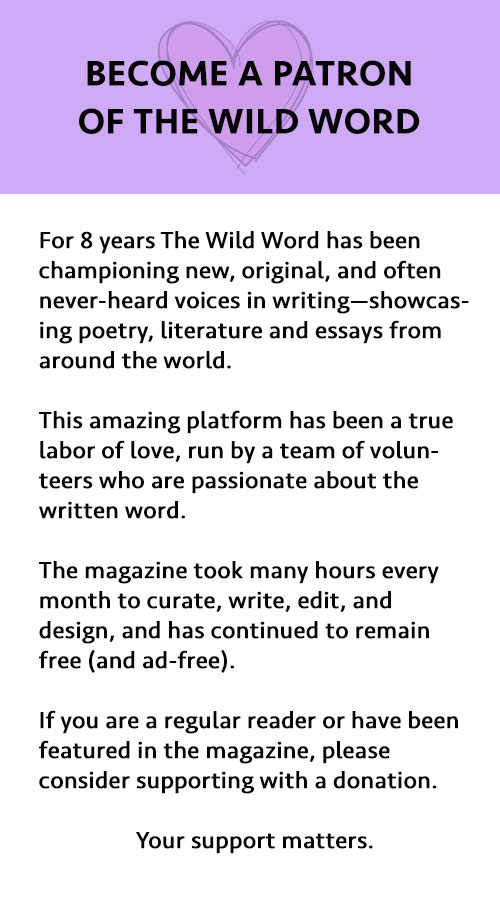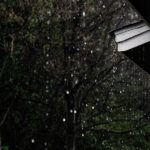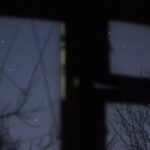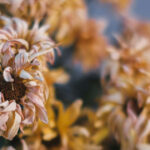CONVERSATION WITH A PAINTING
★ ★ ★ ★
ARTIST-IN-RESIDENCE – CHARLOTTE BRISLAND
‘Conversation with a Painting’
By Charlotte Brisland
In my opinion, the most fascinating thing about the creative process is the conversation between the work and the maker. Yes, the work talks back, when the process is really, really working. There is a relationship between the work and the artist that exists across all fields, between the instrument and the musician, the sculpture and the sculptor, the text and the author. The conversation is silent or musical, there is intuition and spirituality.
I have an artist friend who recently described her paintings as sometimes behaving badly, “like bad lovers they finish way before me”.
A stream of artists commented in whole-hearted agreement,
“Absolutely! Couldn’t agree more! Hit the nail on the head, couldn’t have said it better myself”.
My own comments were there too – “Wow! That’s exactly it”.
There are moments where everything falls into place and it is just ‘finished’, the process is over, the last page of the book has been read. Occasionally I’m relieved when a particularly long and difficult painting is finished. There are others I’ve simply had to walk away from when the composition or the paint were too problematic. Then there are the ones to be secretly proud of, when I quietly muttered ‘yeah, that didn’t go too badly’ (warm inner smiles). Those are the ones that end well, mutually agreed, never to be forgotten. They aren’t always the collector’s favourites either and that makes my relationship with them ever more intimate.
The process is the most sacred part, building the stretcher, stretching the canvas so that it isn’t too taut or too billowy. There is a sound the canvas makes when it has been perfectly stretched, flick it and it will make a deep reverberating dooong, like a drum. Then goes on the primer, which has to be mixed to the consistency of double cream. Pull the mixing brush out of the jar and there should be no break as the liquid flows downwards. The first layer of the primer needs no less than 24 hours drying time before the next layer, the subsequent layers need only 2 hours. There must be at least 5 layers of primer for a good surface, do not attempt painting for 24 hours after the last layer has been applied. Preparation time for each canvas is at least 3 days. More days and more layers equal a zingier painting. Each layer means more pigment remains on the surface, so more colour is visible.
If the building of a canvas is all care and patience the painting is an experience unique to each individual artist. For me it begins in an aeroplane, let’s say mine is red, perfectly compact, vintage, quirky. The painting will only really ‘work’ if this aeroplane, who I will call Lily, can find the time and energy to get up the speed she needs to take off. There must be a clear space, time and concentration, any distractions in that phase will mean Lily either can’t take off or she crashes, both are extremely frustrating. Once she’s in the air there is some freedom to kick back and play in the air, letting the paint brush glide across the beautifully prepared canvas, creating abstract forms before getting bound into line and direction.
The doubt is the worst. Sometimes the painting will take up the role of the gentle lover and assure me there is beauty, it is worthwhile, there is a place for it in the world. Sometimes there is only abandonment, failure, loss. But that’s all part of it. The doubt is beautiful too. It’s just the other side of the process.
When a painting looks to me as though it might end I sometimes cheat and walk away for a while, just to prolong the process and my relationship with it. Once the work is finished it belongs to the world, it needs a home. It needs to be admired and loved, cherished and cared for. The process of making the work is what keeps me doing it, time after time. Each canvas takes up the conversation from the last one, and so it goes on and on for years and decades and a whole lifetime.

At the age of 7 Charlotte Brisland wrote a letter to Father Christmas asking that instead of presents that year she would prefer “to become a famous art worker”. As an adult; age 12, Brisland made the decision to begin her career as an artist and began painting in all her free time. Her first-ever exhibition was at the public library in Portsmouth when she was 17. When she realised the landscape was possibly the most profound thing she could work with, Brisland decided to take long vacations to foreign countries as a way of truly experiencing them inside out. Sometimes the long holidays became independent residencies between 1 and 5 years. During that time, Brisland’s late Christmas present arrived in the form of an acceptance letter to the Royal College of Art in London. After that, Charlotte Brisland began to exhibit all over the world in Europe, Japan and New York. Recently, as a very old lady of 37, Brisland has settled right back where she began in the seaside town of Portsmouth with her two children. She is very happy.
For more on the art of Charlotte Brisland



